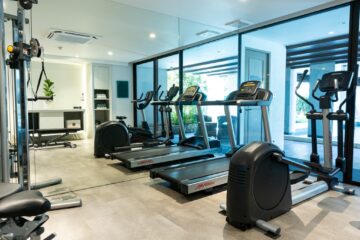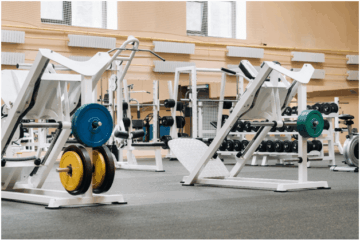When it comes to outfitting a gym, hotel fitness center, or sports facility, investing in the right commercial fitness equipment is crucial. Unlike home-use machines, commercial-grade equipment is built to withstand heavy, continuous use while delivering superior performance. For business owners and fitness professionals looking to purchase reliable machines, understanding the key differences between commercial and consumer models can make all the difference in long-term satisfaction and cost efficiency.
Commercial fitness equipment is engineered with durability in mind. These machines are constructed using high-grade steel, reinforced frames, and industrial-strength components to handle the wear and tear of daily use by multiple people. Whether it’s treadmills, ellipticals, weight machines, or functional trainers, each piece undergoes rigorous testing to ensure it meets the demands of a busy gym environment. The motors in commercial cardio machines, for example, are designed with higher horsepower to support extended sessions without overheating, while weight stacks and resistance mechanisms are built for smooth, consistent performance over thousands of repetitions.
Another critical factor is safety. Commercial equipment often includes advanced safety features such as emergency stop buttons, reinforced user weight limits, and slip-resistant surfaces. These elements are especially important in high-traffic facilities where user experience and injury prevention are top priorities. Additionally, many commercial machines come with modular designs, allowing for easier maintenance and part replacement, which helps extend the lifespan of the equipment and reduces downtime.

Performance and user experience are also enhanced through ergonomic designs and customizable settings. Adjustable seats, varying resistance levels, and interactive console displays contribute to a more engaging workout. Some premium models even integrate touchscreens with virtual training programs, heart rate monitoring, and data tracking to cater to modern fitness trends. For facility owners, offering state-of-the-art equipment can be a major selling point in attracting and retaining members.
Beyond durability and functionality, commercial fitness equipment is designed with aesthetics in mind. Sleek, professional designs create an inviting atmosphere that aligns with the branding of upscale gyms and wellness centers. Powder-coated finishes, rust-resistant materials, and easy-to-clean surfaces ensure that the equipment maintains its appearance even after years of heavy use.
For businesses sourcing fitness equipment internationally, partnering with a trusted manufacturer ensures access to high-quality machines that meet global safety and performance standards. Whether you’re equipping a new facility or upgrading existing gear, choosing commercial-grade fitness equipment is an investment in quality, reliability, and customer satisfaction. By prioritizing durability, safety, and advanced features, you can create a fitness space that stands out in a competitive market.


